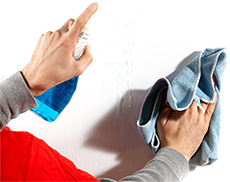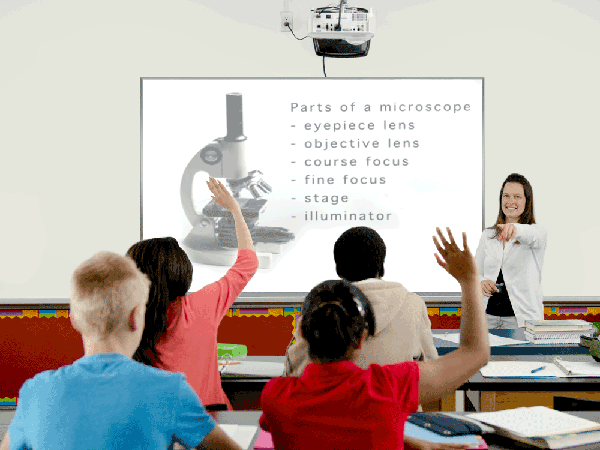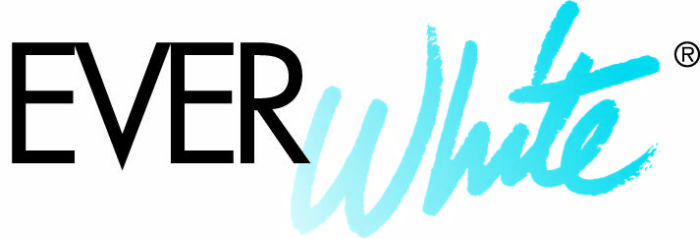Customer Service 1-800-335-7319
Customer Service 1-800-335-7319
Whiteboards can be powerful teaching tools, especially if “best practices” are followed when installing and using them in the classroom. 
Whiteboards should be mounted to a wall at a height that considers the student age or grade. For younger students, the bottom of the board should be 2 feet 4 inches from the floor. For high schools and colleges, the bottom of the board should be 3 feet from the floor. Read our Best Mounting Heights article for more on installation heights. These recommendations apply to common 4-foot-tall whiteboards as well as for 5-foot-tall whiteboards, such as EVERWhite’s ULTímatte projection whiteboards. EVERWhite boards, with a rigid honeycomb backing, are easy to mount onto walls. Installation hardware is included with each board. Watch our whiteboard installation videos to learn how easy mounting can be.
Many teachers suggest dividing up the area of a whiteboard for specific uses, and then consistently follow that set-up. Students will quickly learn where to focus for certain types of information, such as daily plans and expectations, assignments, and the lesson at hand. In some schools, classrooms have a board at the front of the room for current lessons, and another whiteboard in the side for announcements, schedules and other such information. When two whiteboards are present, one could be magnetic and the other non-magnetic. Keep lettering simple so it’s easy to read – especially by students in the back of the room; cursive writing should be avoided. Black ink is the easiest to read, but writing or drawing in green, red and blue ink can help emphasis a point. Write big enough so students in the back row can easily read the words. At the start of the semester or school year, write different sizes and ask students in the back what they can read. Don’t erase what’s on the board until you’re sure everyone grasps the lesson.



Dan Griffin is general manager of EVERWhite, a U.S. manufacturer and seller of whiteboards and tack boards used for teaching, coaching, planning, collaboration and tracking. Along with his expertise in the use of whiteboards, Dan excels in leadership, new product development, business operations, continuous improvement and product marketing. He holds a bachelor’s degree in Business Administration, with a focus on marketing, from Temple University.